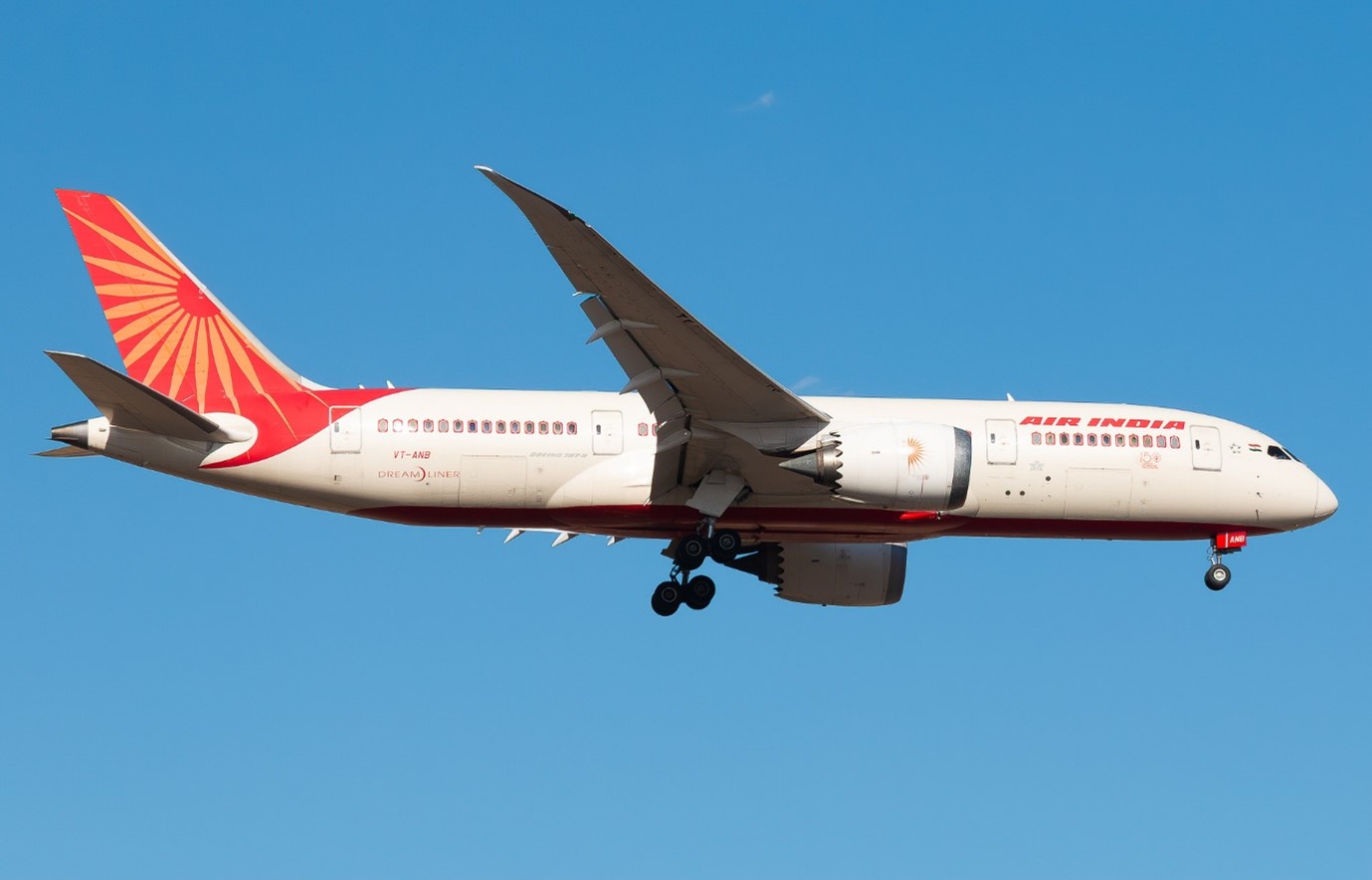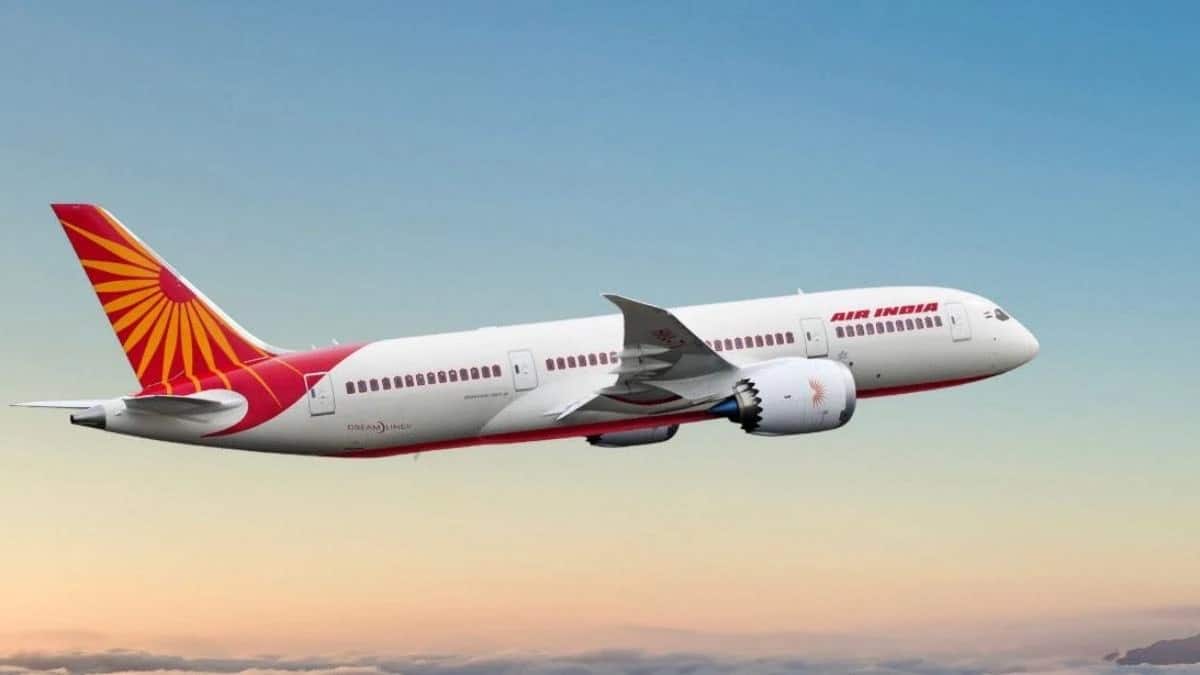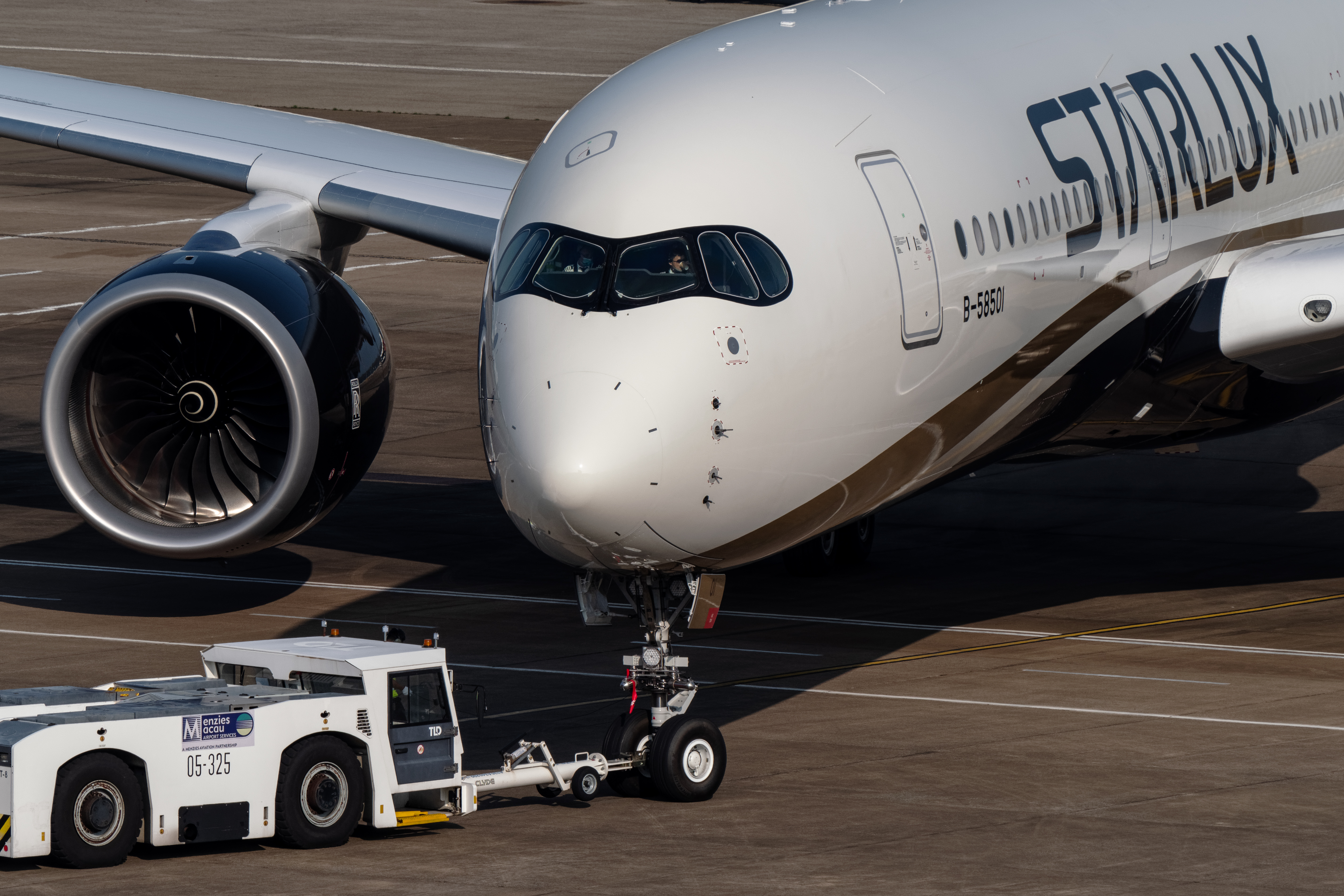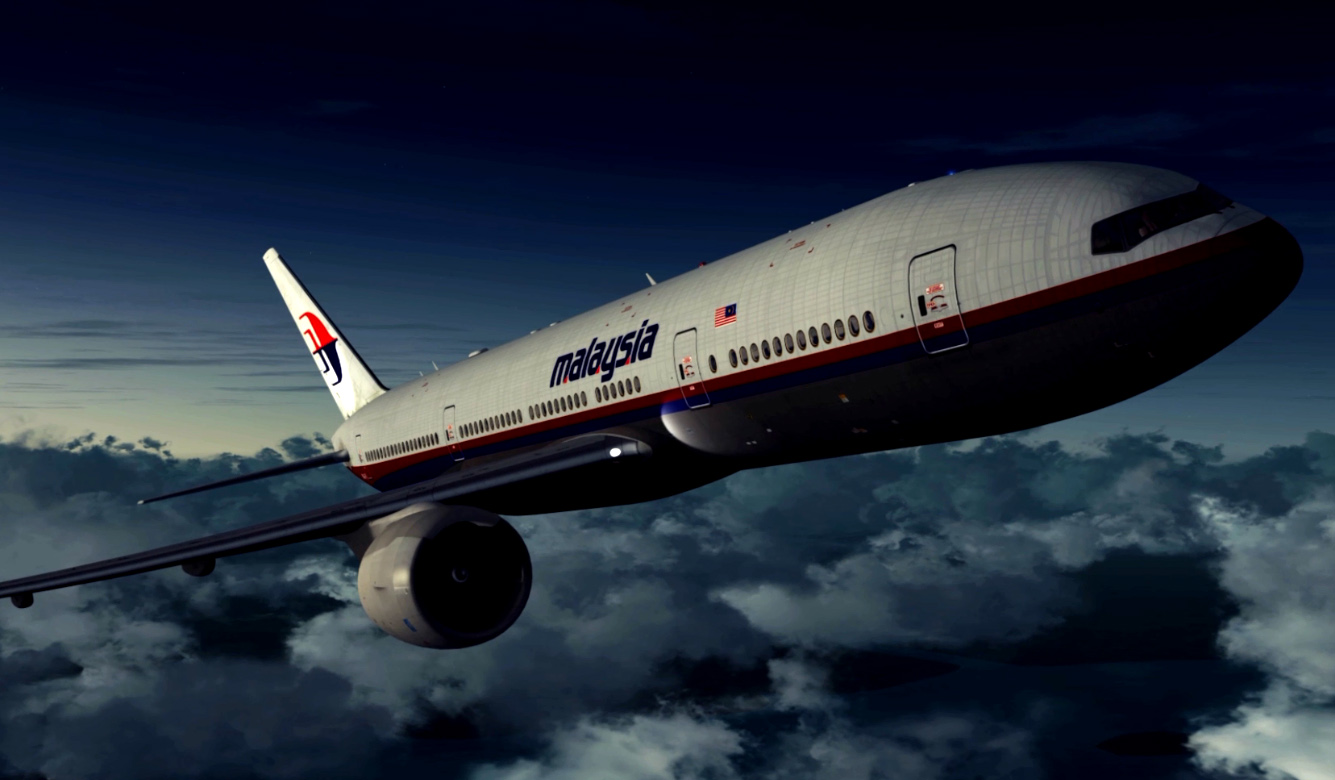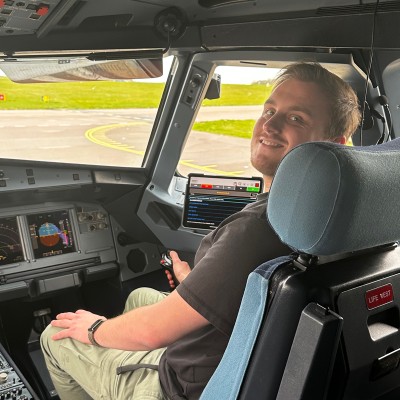
By Josh Wood
Published Thu Jun 12 2025
Air India’s Boeing 787-8 Dreamliner registered VT-ANB, was operating a scheduled service to London Gatwick with 244 people onboard, including 12 crew members when it crashed at approximately 13:38 IST
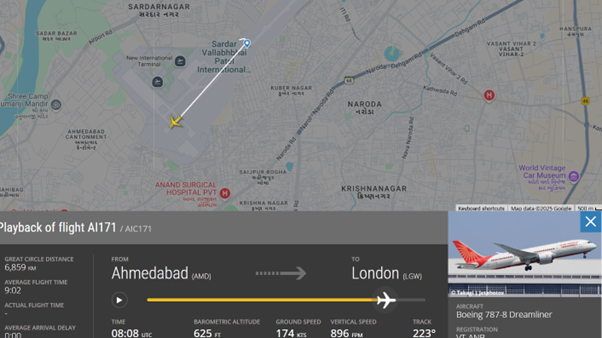
There appears to be only one survivor from the plane crash. Mr Vishwash Kumar Ramesh, a British national, has reported hearing a loud bang straight after take-off. He was seated next to his brother.
Initial video footage shows the aircraft struggling to gain altitude moments after departing runway 23 . A MAYDAY call was declared soon after, before the aircraft tragically came down in the Meghani Nagar residential area at around 13:43, just five minutes after departure. The aircraft reached an altitude of just 625ft, according to FlightRadar24 data
Eyewitnesses and video evidence appear to confirm that the landing gear remained extended throughout the brief flight, raising early speculation around a possible engine failure and subsequent hydraulic system loss. On the Boeing 787, landing gear actuation relies heavily on the aircraft's hydraulic systems, which are powered by both engine-driven and electrically driven pumps. A loss of hydraulic pressure could prevent gear retraction and impact other critical flight systems.
Some media reports have suggested that the pilots included the words "engine failure" in their last MAYDAY message to Air Traffic Control but this has not been confirmed.

Airlineratings aviation safety expert Josh Wood states:
"With the facts we have available now, there seems to be no other likely explanation than engine and hydraulic failure, based on the clear video footage. There is no visible explosion before impact, and we can discount weather factors such as ice. The aircraft had its gear seemingly deployed, which suggests they possibly could not be retracted—pointing to a possible engine and subsequent hydraulic failure. The flaps also seem to be retracted which we would not expect at this stage of the climb. This in itself raises many questions, and of course, we’ll have a clearer picture as more information becomes available and the investigation progresses."
Nagarjun Dwarakanth, a licensed commercial pilot and editor at India Today TV states:
“The combination of extended landing gear and retracted flaps at 600 feet is highly irregular and points toward a possible cascading technical failure or a sequence of emergency actions by the crew in response to a malfunction. The final loss of altitude and apparent stall likely resulted from insufficient lift and excessive drag, leaving the crew unable to recover before impact.’”
The aircraft was under the command of Captain Sumeet Sabharwal, a Line Training Captain with over 8,200 flying hours, alongside First Officer Clive Kundar, who had logged 1,100 hours of flight time. The jet involved was delivered to Air India in January 2014, making it over 11 years old.
This incident is significant as it marks the first ever hull loss of a Boeing 787 since the type entered service in 2011, a striking statistic for one of Boeing’s most modern and widely used long-haul aircraft. Over 1,175 B787 series aircraft have been manufactured by Boeing, with nearly 5 million flights covering more than 30 million flight hours. The B787 is now regarded to be one of the safest aircraft in the skies.
Air India had recently announced plans to invest over $400 million to refurbish its Boeing 787 fleet by 2027, with VT-ANB having reportedly undergone recent maintenance and cabin upgrades.
